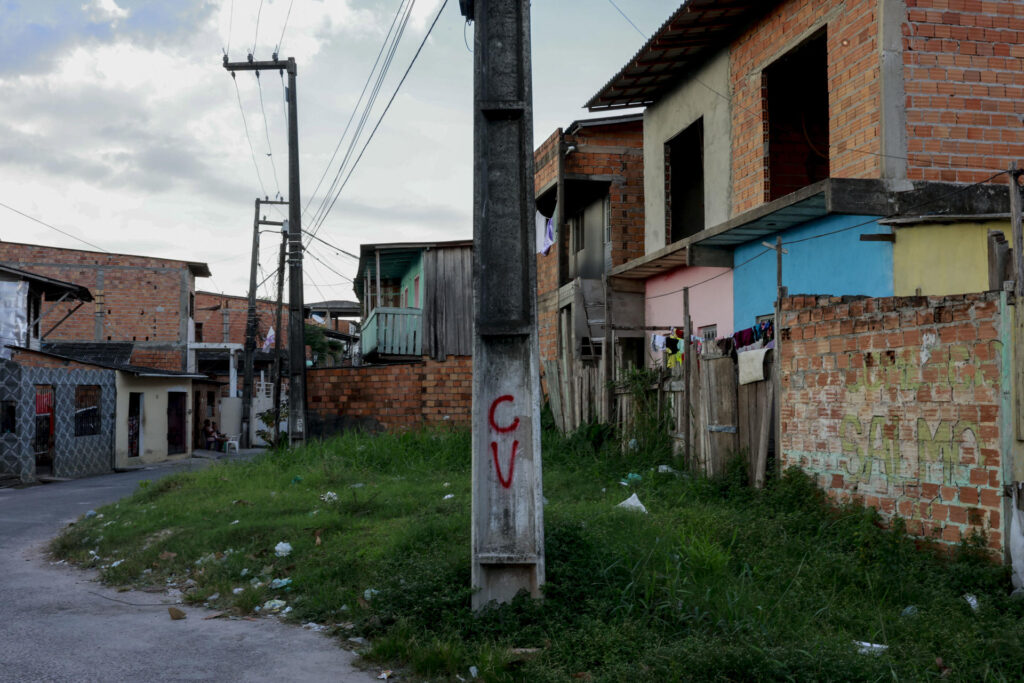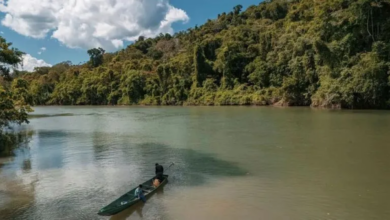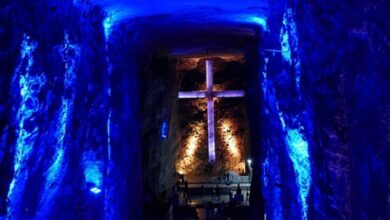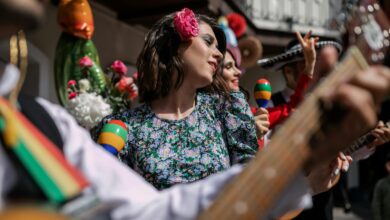Organized Crime Moves into Brazil's Amazon Led by the Comando Vermelho

As Belém prepares to host COP30, red graffiti and whispered threats trace the reach of the Comando Vermelho through Brazil’s northern forests. From riverside towns to Indigenous reserves, organized crime now shapes daily life in the Amazon.
A Red Signature on the Edge of the Rainforest
The first sign is color. In the low-income neighborhoods of Belém, the capital of Pará and the future stage of the U.N. climate summit, walls and lampposts flash the same two letters again and again—CV, sprayed in red. They mark territory, warning outsiders and reassuring locals in charge.
Just five kilometers from Parque da Cidade, where presidents and prime ministers will soon debate the fate of the world’s forests, the initials reappear on the wooden stilts of Vila da Barca, a favela suspended above the tide. For residents, the message is unmistakable: Comando Vermelho, the most powerful criminal faction in Brazil, has arrived and is not leaving.
Born inside a Rio de Janeiro prison in the 1970s, the Comando Vermelho—Red Command— built an empire on drugs and arms. Now, its ambition stretches into the Amazon, tracing the region’s rivers like arteries of profit. Here, in the forests meant to symbolize climate hope, red paint and silence draw a darker map—one where organized crime has become a local government of its own.
From Prison Cells to River Routes
The Comando Vermelho’s rise through the Amazon is both brutal and strategic. Its control of the Solimões Route, linking Brazil’s borders with Colombia and Peru to northern ports, has turned the jungle’s waterways into trafficking corridors. Speedboats carry cocaine and weapons disguised as fishing loads. Gunmen enforce tolls at river checkpoints.
When the faction clashed with its rival, the Primeiro Comando da Capital (PCC), in 2017, a wave of prison massacres exposed the scale of their war. Out of the chaos, CV emerged stronger. It first allied with a local group, Família do Norte, before turning on it and dismantling its network. “That’s how the Comando Vermelho consolidated its dominance in the Amazon,” explained Aiala Colares, a researcher at Pará State University, speaking to EFE.
In Rio de Janeiro last week, police raids in neighborhoods controlled by the group left more than 120 people dead, according to figures cited by EFE. The violence underscores what happens when state power collides with parallel sovereignty. But in the Amazon, control is quieter, subtler—gained through money, fear, and the steady rhythm of the river.
“The gang doesn’t just traffic drugs,” Colares said. “It traffics influence.”

Indigenous Lands Under Siege
For Val Munduruku, an Indigenous leader from Jacareacanga on the edge of Munduruku territory, those red letters have already reached her people’s forest. She came to Belém for COP30 not as a delegate, but as a witness. “Jacareacanga is being taken,” she told EFE.
Her homeland spans 2.4 million hectares, home to more than 9,000 people and some of the richest gold deposits in the Amazon. According to Greenpeace, it is among the three Indigenous territories most invaded by illegal miners. “Comando Vermelho has entered our land—through illegal mining, drugs, weapons, even alcohol,” she said.
Val leads the Association of Indigenous Women Suraras do Tapajós. Her greatest fear is what this invasion does to youth. “When something like that arrives, the young are lost,” she said to EFE. “The gangs promise fast money, and poverty pushes them to believe it.”
The forest that once sustained her community now feeds an economy of extraction—gold, cocaine, and guns moving along the same hidden routes. River towns become depots. Indigenous guards who once patrolled for miners now face armed factions. The result is a quiet colonization, one not fought with flags but with bribes and bullets.
Crime, Climate, and the Battle for the Amazon’s Future
Studies reveal the depth of the takeover. Around forty localities in Pará, the state hosting COP30, are now under the influence of organized crime, said Colares. In the neighboring state of Amazonas, CV operates in sixty of sixty-two municipalities, according to David Marques, of the Brazilian Forum on Public Security, who spoke with EFE.
“The scenario is severe in the Amazon—one of the poorest regions in Brazil,” Marques said. “Organized crime is one of the main threats to sustainable development.“
The economics are simple and devastating. Weak state presence, scarce jobs, and vast, unmonitored terrain create ideal conditions for the gang’s growth. Control brings revenue: residents pay a “crime tax” to keep their shops open, while CV dominates informal transport, gas sales, and even internet services.
For Colares, the usual response—militarized policing and mass arrests—fails to stem the tide. “They reorganize fast,” he told EFE. “The logic of prohibition keeps drug prices high. Declaring these groups terrorist organizations, as Paraguay did, is a political move that helps the U.S. more than Brazil.”
The implication lands heavily in Belém, where the world’s leaders will gather to discuss conservation and climate finance. How can the Amazon be protected when crime controls its ground? Environmental policy cannot be separated from security, nor can sustainability exist where people live in fear.
The Forest’s Two Frontiers
Belém’s COP30 will spotlight deforestation, carbon credits, and the global duty to save the Amazon. But for those living within its borders, the immediate crisis is not just trees falling—it is the erosion of law. Each red “CV” scrawled on a pole is a declaration of sovereignty. Each young recruit seduced by quick cash is a lost guardian of the forest.
The graffiti in Belém is more than a symbol of crime; it is a reflection of the Amazon’s fragility. While the world looks to this region for answers to the climate emergency, the people here confront another emergency entirely—one measured in territory, silence, and blood.
In the run-up to COP30, the challenge for Brazil is no longer to defend the forest from chainsaws, but from the criminal networks that have made the Amazon their home. Until that battle is fought—and won—the promise of a green future will remain written in red.
Also Read: Voices from the River: Indigenous Leaders Arrive in Belém with a Climate Manifesto





